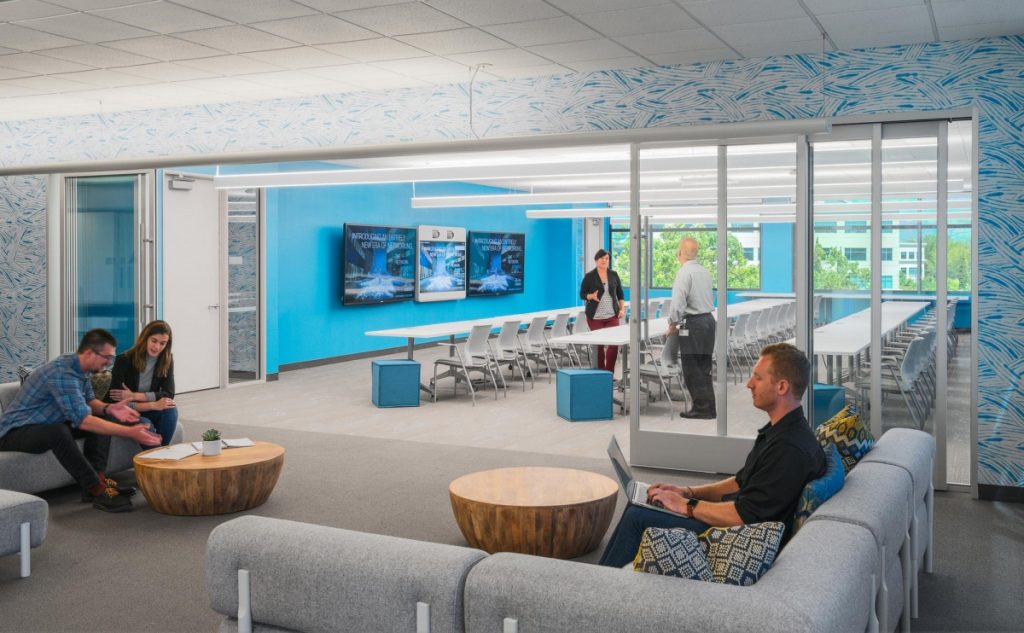Securing a LEED certification is a significant step towards sustainable and environmentally friendly building practices. Whether you are a homeowner or a real estate developer, incorporating these planning tips can greatly enhance your projects environmental impact. By understanding the process and strategizing accordingly, success is within reach.

Understanding LEED Certification
To begin, it’s vital to grasp what LEED certification entails. LEED, or Leadership in Energy and Environmental Design, is a globally recognized framework for sustainable building design, construction, and operation. It evaluates projects based on their environmental impact, pushing the construction industry towards more sustainable practices.
Setting Clear Objectives
Before diving into the intricacies of LEED planning, it’s important to set clear objectives. Define what you wish to achieve with your project. Whether its energy efficiency, water savings, or reducing carbon footprint, having clear goals will guide your planning process.
One useful resource to deepen your understanding is this article on green building standards in the U.S., which offers a comprehensive overview of sustainable building practices.
Choosing the Right LEED Rating System
The next step is choosing the appropriate LEED rating system for your project. This could range from interior design to new construction, each offering different benchmarks and criteria. Its essential to align the rating system with the goals you previously established.
Budgeting and Financial Planning
Budget constraints often shape the direction of your project. Identify the costs associated with LEED certification and factor these into your overall budget. Remember, while initial costs might be higher, the long-term savings and environmental benefits are invaluable.
Key Financial Considerations
- Certification Fees
- Consultation Services
- Constructing with Sustainable Materials
For more on managing costs, check out this guide on certification strategies.
Engaging Professional Expertise
Engaging with an experienced LEED consultant can dramatically ease the planning process. Professionals bring insights and expertise that help avoid common pitfalls, ensuring your project meets all certification requirements efficiently.
Understanding the LEED Credit System
The LEED system comprises credits, each focusing on specific sustainability aspects such as energy use, water efficiency, or indoor environmental quality. Understanding these credits is crucial for strategic planning and achieving your certification level.
For an in-depth look into sustainable building and other best practices, visit this resource.
Incorporating Sustainable Designs
Sustainable design is the heart of achieving LEED certification. Innovative planning in areas like energy efficiency and material choice can make a substantial difference in your certification efforts.
Key Areas to Focus On
- Energy Efficiency
- Water Conservation
- Materials and Resources
Monitoring and Evaluation
Regularly monitoring your projects progress and making necessary adjustments can alleviate future challenges. This step ensures that all project components align with LEED standards.
Applying for Certification
Once your project aligns with LEED requirements, proceed to submit your project for review. Maintain extensive documentation throughout your project as it aids the certification process significantly.
For guidance through each phase of construction and certification, explore our detailed breakdown on construction phases.
The Benefits of LEED Certification
Successfully earning a LEED certification offers numerous benefits including reduced operation costs, increased asset value, and improved environmental impact. Its an investment that pays off beyond the immediate gains.
Community and Stakeholder Engagement
Involving community members and stakeholders in your sustainable initiatives creates a higher level of awareness and participation, amplifying the impact of your LEED efforts.
Frequently Asked Questions
1. How long does the LEED certification process take?
The timeframe varies but typically spans from a few months to a couple of years, depending on project complexity and preparedness.
2. Is LEED certification recognized internationally?
Yes, LEED is recognized worldwide and sets a global standard for sustainable construction.
3. What are the costs associated with LEED certification?
Costs vary based on project size and complexity, but expenses generally include registration, certification fees, and potential consultant fees.

Conclusion
By thoughtfully incorporating these LEED certification planning tips, you can steer your construction project toward a sustainable future. The benefits extend not only to the environment but also to financial and community gains, marking a step towards a better, greener tomorrow.
This article contains affiliate links. We may earn a commission at no extra cost to you.




